Worst mistakes people make when eating and making Italian food
British diners would be locked up for crimes such as dipping pizza in ketchup, if despairing Italians chefs could police their food
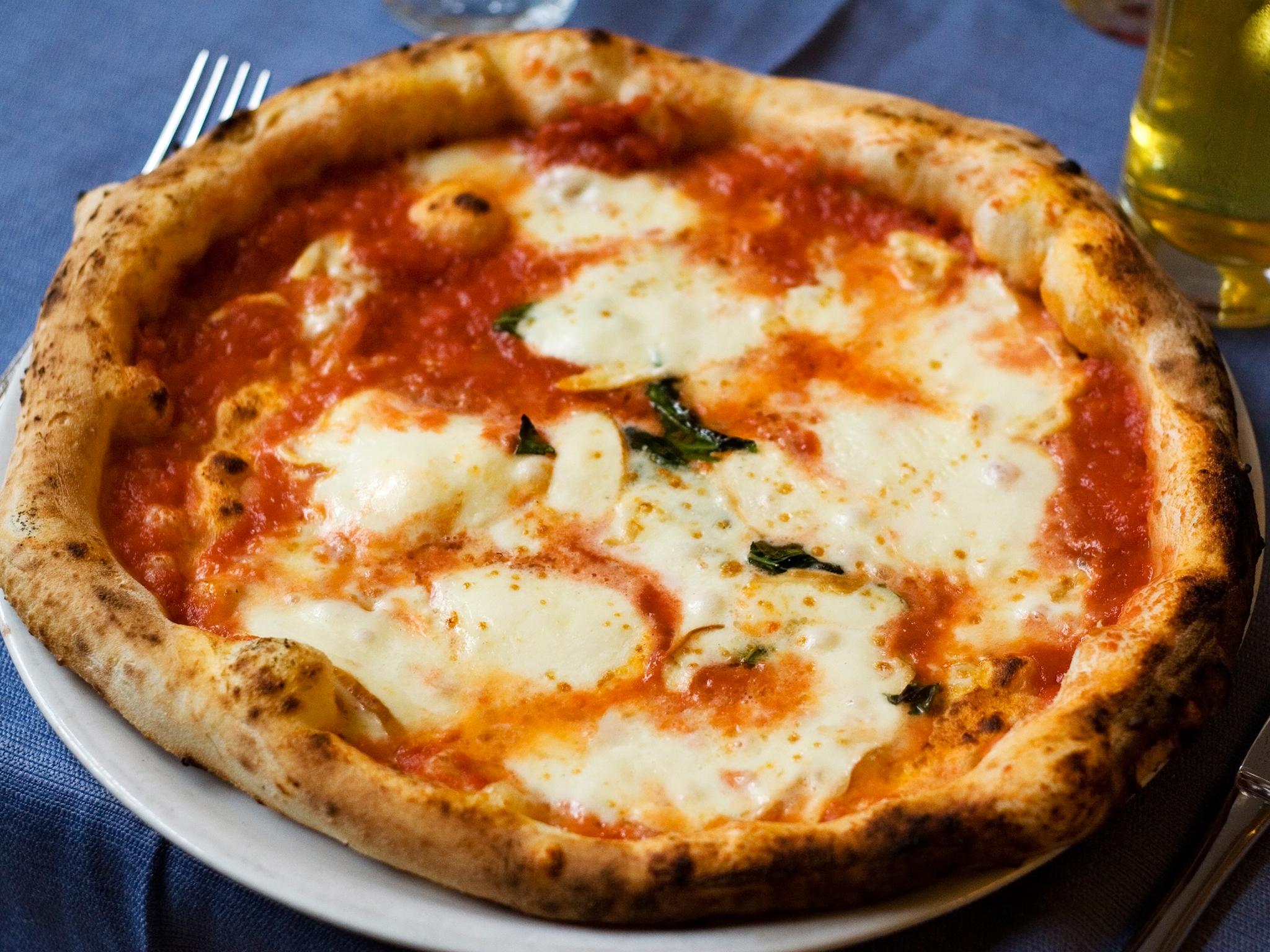
Your support helps us to tell the story
From reproductive rights to climate change to Big Tech, The Independent is on the ground when the story is developing. Whether it's investigating the financials of Elon Musk's pro-Trump PAC or producing our latest documentary, 'The A Word', which shines a light on the American women fighting for reproductive rights, we know how important it is to parse out the facts from the messaging.
At such a critical moment in US history, we need reporters on the ground. Your donation allows us to keep sending journalists to speak to both sides of the story.
The Independent is trusted by Americans across the entire political spectrum. And unlike many other quality news outlets, we choose not to lock Americans out of our reporting and analysis with paywalls. We believe quality journalism should be available to everyone, paid for by those who can afford it.
Your support makes all the difference.Carb-heavy and exploding with fresh flavours, Italian grub is often regarded as a comfort food lacking in strict conventions and etiquette. But if the advice of Italian chefs and experts is anything to go by, eating and preparing the southern European food is laden with as many rules as any other cuisine. That’s if you want to do it right, anyway.
Pop-up restaurants offer “proper” Neapolitan pizza with a soupy topping and a soft, thin base. Fresh pasta continues its long-held aim to outgun sales of the boxed stuff in supermarkets. And we’re running out of excuses for brazenly committing Italian food faux pas.
To save us all the embarrassment of sipping on a negroni while eating papparadelle or dipping pizza crusts in ketchup, we’ve asked some top Italian chefs to reveal the most cringe-making mistakes diners and cooks alike make.
Pasta
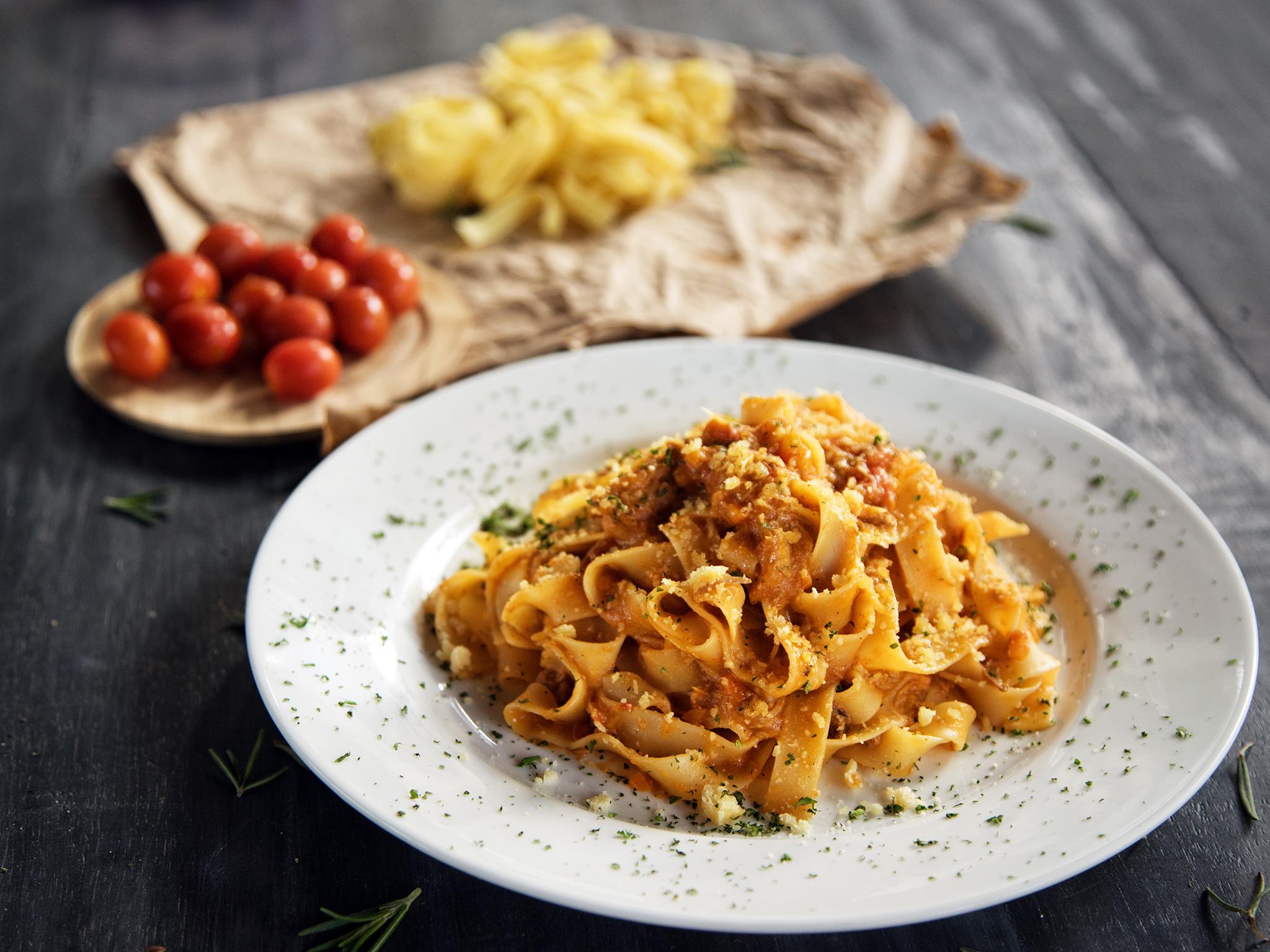
“One of the biggest mistakes restaurants can make when making spaghetti alla carbonara is to use cream instead of egg yolks,” says Antonio Tonelli of the La Tagliata restaurant in London. That’s because cream is heavy and cloying but eggs add richness.
“Also, never cook pasta in boiling water without sea salt,” he adds. “The pasta will never be seasoned enough if you add salt once it has been cooked. And never put parmesan on the seafood or clam in spaghetti or linguine, because it overpowers the delicate flavours.”
Jordan Sclare, the group executive chef at Fucina in London, similarly can’t understand why cooks add double cream or butter to pastas. “In Italy olive oil is the key ingredient,” he says.
“When it comes to food and rules, Italians are inflexible and I approve,” says Silvia Baldini, 2015 winner of TV show Chopped on Food Network – Baldini is a veteran of Michelin-starred kitchens.
“Pasta is never a side dish. You cannot have pasta and steak. And of course meatballs don’t go on spaghetti. Or chicken. In Italy there are no dishes featuring pasta and chicken,” she says. “Also, oil should not be added to pasta cooking water. Pasta dressing – and oil too – must be added only after you have drained it from its cooking water.”
As for the pasta itself she adds: “Spaghetti bolognese is a big no. Tagliatelle is the right way to go. But my kids do not agree with me on this one.
“And keep the ketchup for your French fries. I beg you.”
Desserts
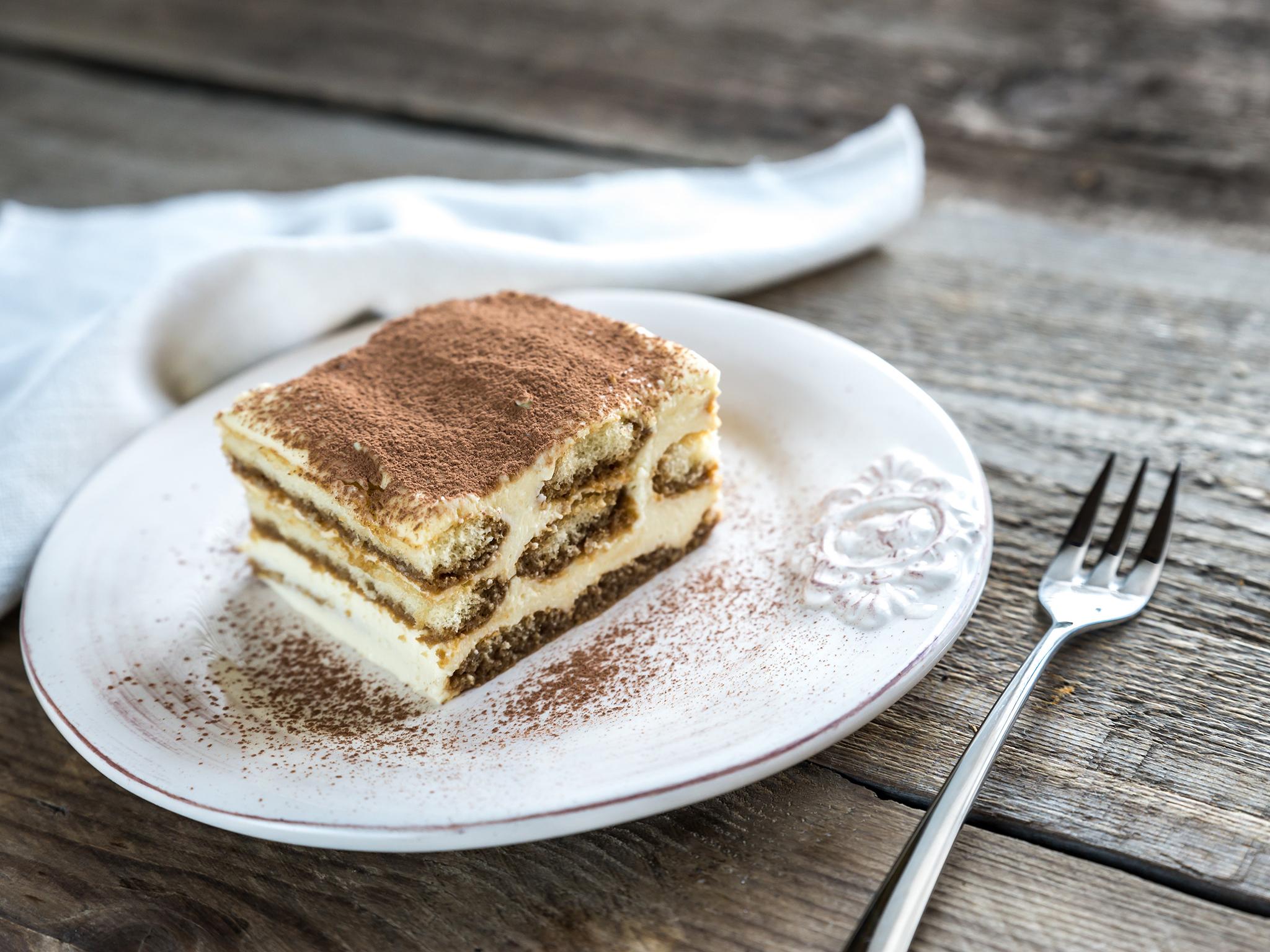
“The worst mistake cooks make when creating the classic Italian dessert tiramisu is not using egg whites,” says La Tagliata’s Tonelli. “These need to be whisked until they form soft peaks and added to the custard as they give the pudding a much lighter texture. Many chefs also add cocoa in advance but it should always be added just before serving to stop it from getting soggy.”
Drink
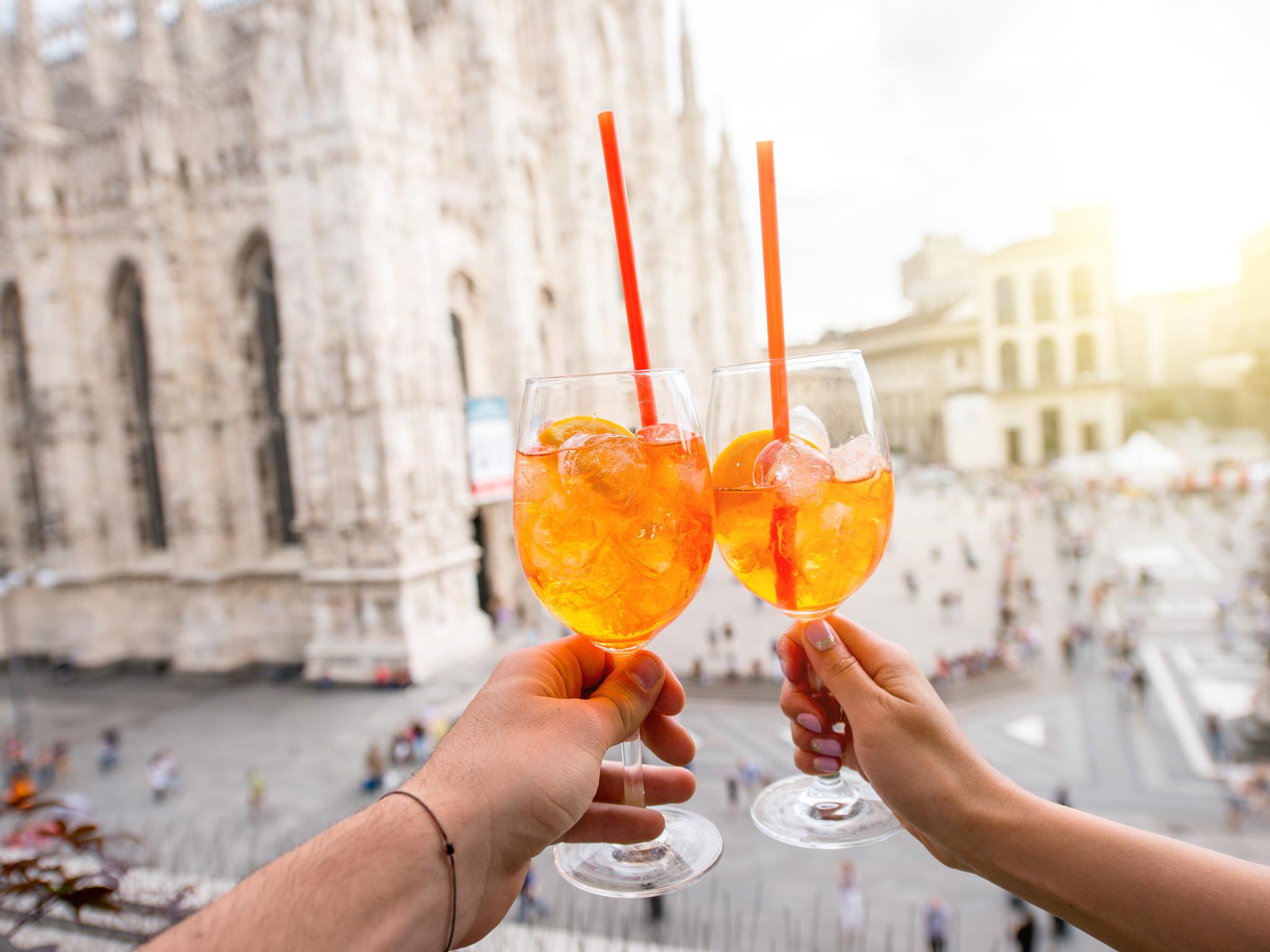
While drinking a flat white or frappuccino or some other inauthentic made-up drink is acceptable to some, Italian food purists adhere to strict rules on coffee. “Drinking a cappuccino any time other that for a breakfast or afternoon snack is a big no,” says Baldini. “The reason is very simple. A cappuccino is made with milk. It’s basically a meal in itself and quite high in calories. Instead, order an espresso or a macchiato or a corretto if you need a little boost.”
“Drinking cocktails throughout your meal isn’t the done way either,” adds Sclare. “A cocktail is an aperitif, whereas wine and beer is to be had with food. And never ask for tap water. Drink still and or sparkling only,” he adds.
Cheese

Shaving parmesan all over anything hot enough to melt it is another error hated by Italian chefs. “Requesting grated parmesan on every dish is a huge faux-pas,” stresses Sclare. “An Italian would never put parmesan on a crab linguine or a shrimp tagliatelle.”
The same goes for dishes containing truffles, says Baldini, as this kills the delicate balance of flavours.
Sclare adds that burrata, the soft, white cheese, is mistakenly served cold in most restaurants. “In fact it must be served warmer than room temperature,” he says.
Bread
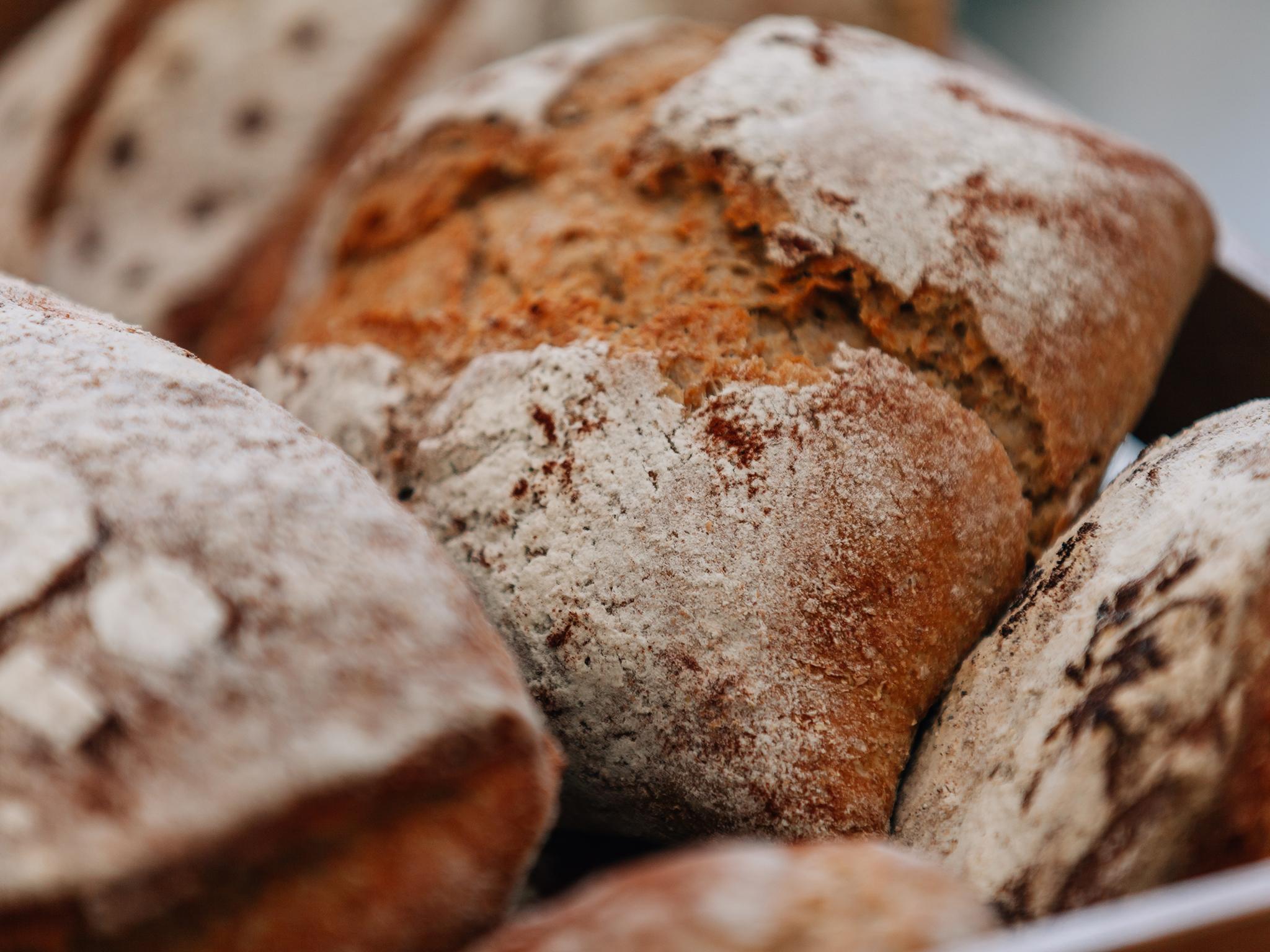
In the UK, bread is often used to mop up pasta sauce and even to accompany pizza. But we’ve got it all wrong. “In the UK, customers want their bread basket just warm but in Italy it must be hot and crunchy,” says Sclare. “Italians would also never pay for a bread basket or ask for butter with their bread.”
“Don’t eat bread with pasta or rice,” adds Baldini. “That’s carbo-loading”.
Pizza
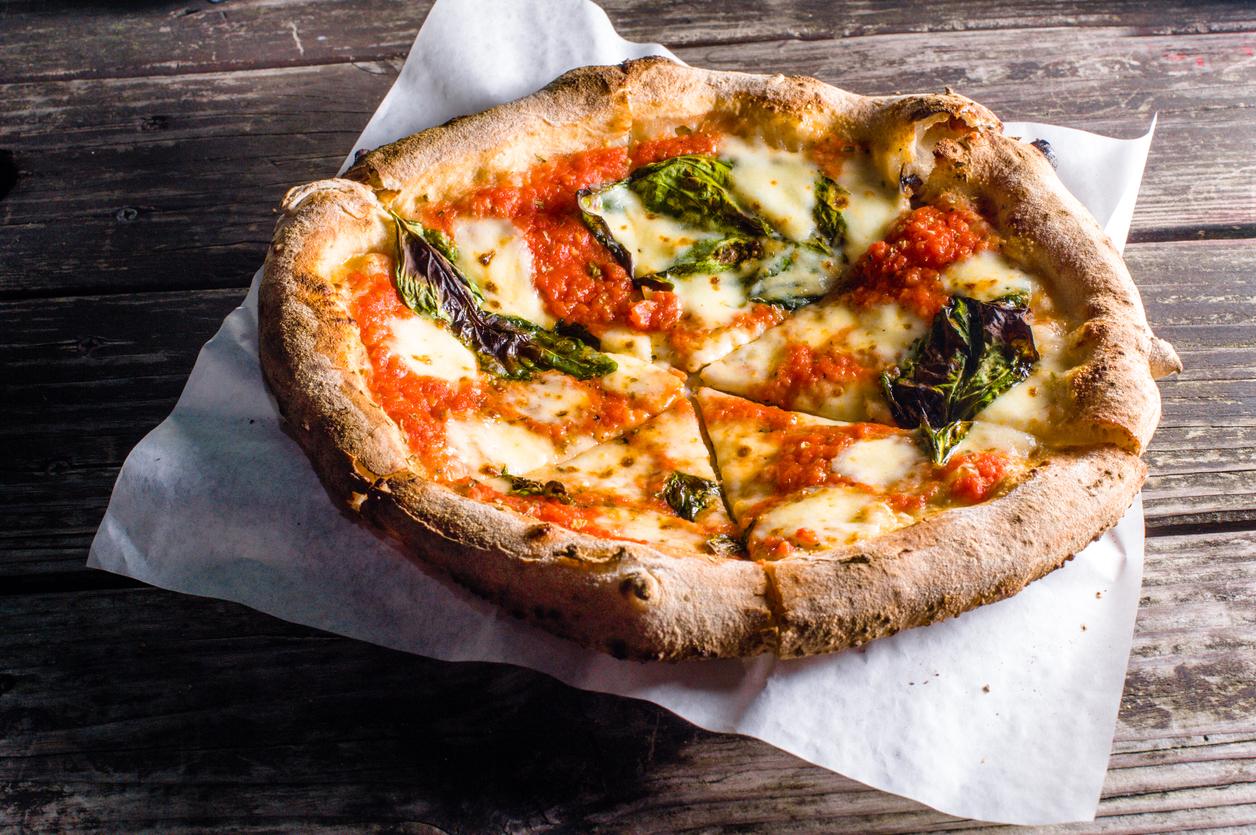
“Italians never have pineapple on their pizza,” says Sclare.
Cutting pizza into segments and eating it with a fork, rather than folding slices, is also a big no-no.
Join our commenting forum
Join thought-provoking conversations, follow other Independent readers and see their replies
Comments